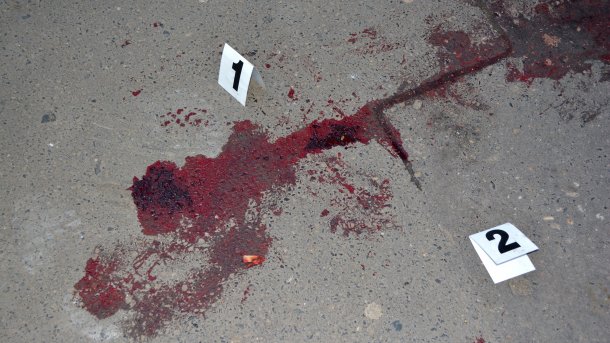HemoVision: More efficient bloodstain pattern analysis with AI
In Belgium, the KU Leuven has developed HemoVision together with the federal police there to analyze traces of blood using AI in under 15 minutes.

(Bild: DarSzach/Shutterstock.com)
Together with the Catholic University of Leuven (KU Leuven), the police in Belgium have developed a bloodstain pattern analysis (BPA) tool to analyze blood spatter at a crime scene in less than fifteen minutes. HemoVision was developed by Forentics, a spin-off of the university, and is intended to facilitate the "technical and scientific work" of the police, which has already been tested at real crime scenes.
(Bild: Forentrics)
It uses crime scene markings and digital images that users upload to the program to estimate the "trajectories" and origin of bloodstains as accurately as possible.
According to the Belgian Federal Police, analyzing bloodstains from a violent crime is "particularly time-consuming and sometimes complicated", but HemoVision aims to change this. When the images are uploaded to the program, HemoVision analyses the files and creates a detailed 3D visualization.
The software should also save a lot of time in court proceedings and help to better understand the facts. "It is currently being used in parallel with our usual methods," says Sabien Gauquie, Head of the Central Directorate of Technical and Scientific Police Work at the Criminal Investigation Department.
"We use intelligent algorithms to train our tool to generate different possible effects from a given bloodstain. Investigators can use them to check their various hypotheses and rule them out if necessary," says Forentrics founder and researcher at KU Leuven, Philip Joris.
The company has been researching this approach for some time, but initially only on synthetic crime scenes. BPA is an important part of forensic science that focuses on the examination and interpretation of blood patterns at crime scenes in order to uncover new information about what happened.
(mack)